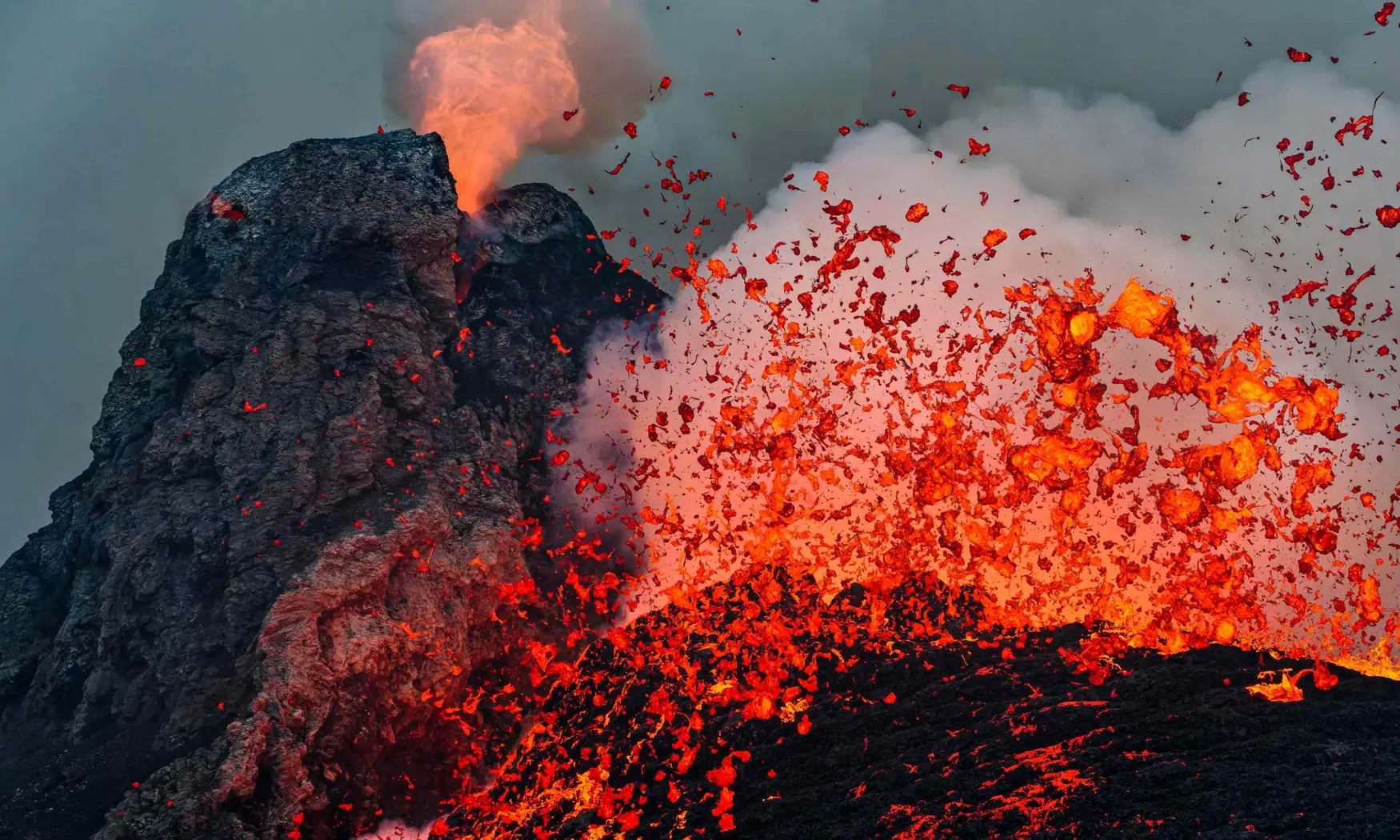T4K3.news
Volcanic risk update from Yellowstone
New USGS findings refine Yellowstone magma dynamics and expand the frame for global volcanic risk.
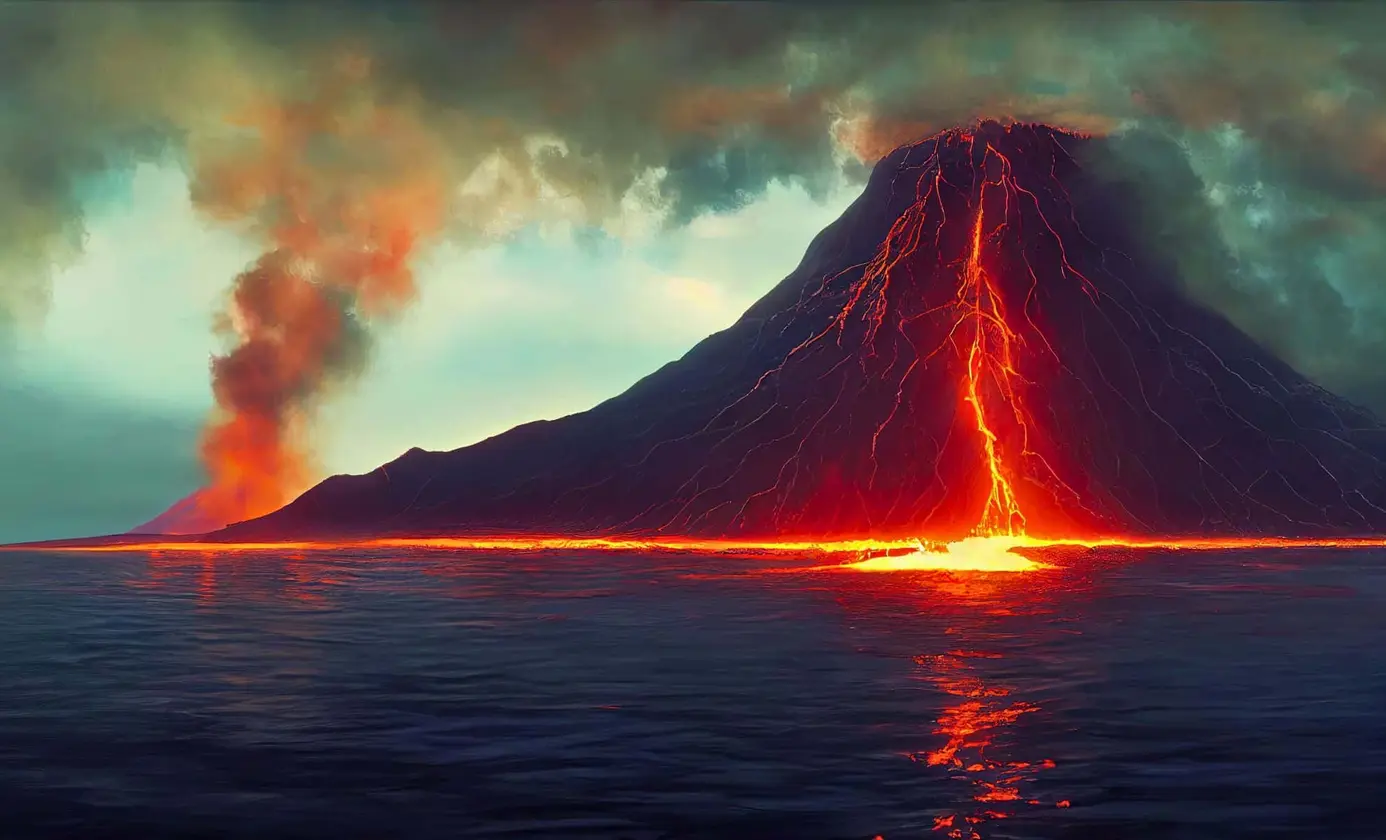
New USGS findings on Yellowstone show a fragmented magma system and a global risk that demands preparation.
Yellowstone magma pockets reshape eruption risk analysis
A 2025 USGS study uses electromagnetic imaging to map pockets of melt under the Yellowstone caldera. Researchers report the magma is not a single connected reservoir but several melt pockets, with 2% to 30% melt fractions, concentrated in the northeast area where 400–500 km3 of rhyolitic magma sits. The system is warmed by basaltic intrusion from the mantle, which continues to heat and potentially enlarge these pockets. No sign of a connected magma body currently, but gradual connectivity could raise eruption risk in the long term.
Climatologist Markus Stoffel and other risk researchers estimate about a 16% chance of a VEI 7 or higher eruption somewhere on Earth before 2100. Yellowstone is the primary concern, but other large systems such as Campi Flegrei in Italy and Toba in Indonesia show elevated activity. A Yellowstone super-eruption would likely start with smaller precursors, then accelerate once melt zones connect, producing a plinian ash column that could reach the stratosphere. Ash could fall far from the source and collapse infrastructure; climate effects could cool the planet for years, with impacts on agriculture and water cycles.
Key Takeaways
"Yellowstone’s magmatic system is not monolithic."
USGS description of magma structure.
"Ash could fall as far as Chicago, San Francisco, and Winnipeg."
ash dispersion modeling.
"Not imminent, but the consequences would be globally destabilizing."
consensus across disciplines on long term risk.
"The cost of inaction could exceed the threshold of recoverability."
editorial takeaway about policy response.
The study reframes risk as a long tail rather than an imminent threat. It shows the gravity of an event that is not predictable in timing, but has outsized consequences for climate, food, and cities.
Policy and science communication must balance seriousness with accuracy. The call for international cooperation, better monitoring, and resilient infrastructure is not about fear but about preparedness.
Highlights
- Yellowstone magma is not a single reservoir
- Ash could fall far from the source
- Not imminent but the stakes are global
- We must plan, not panic
Global volcanic risk requires urgent planning
The article highlights potential cross border impacts on climate, agriculture, and infrastructure, calling for international coordination and investment in resilience. Timing remains uncertain, but the stakes are high.
Science should guide policy with calm realism, not sensational headlines.
Enjoyed this? Let your friends know!
Related News

New study boosts earthquake detection in Yellowstone significantly
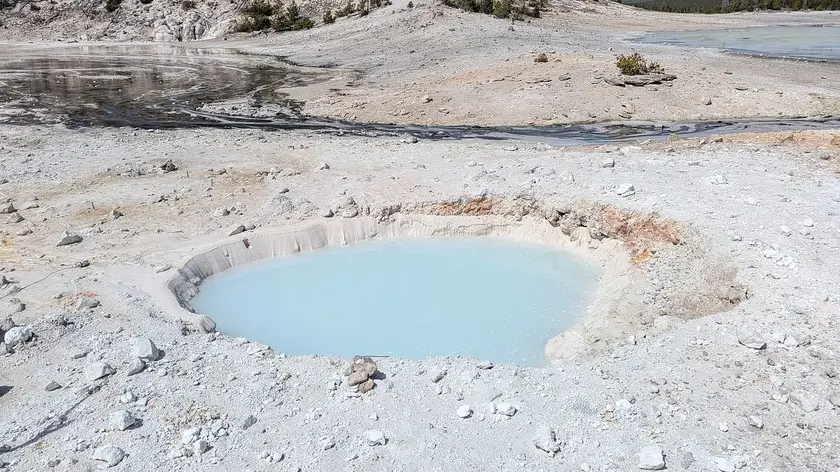
New thermal feature discovered in Yellowstone
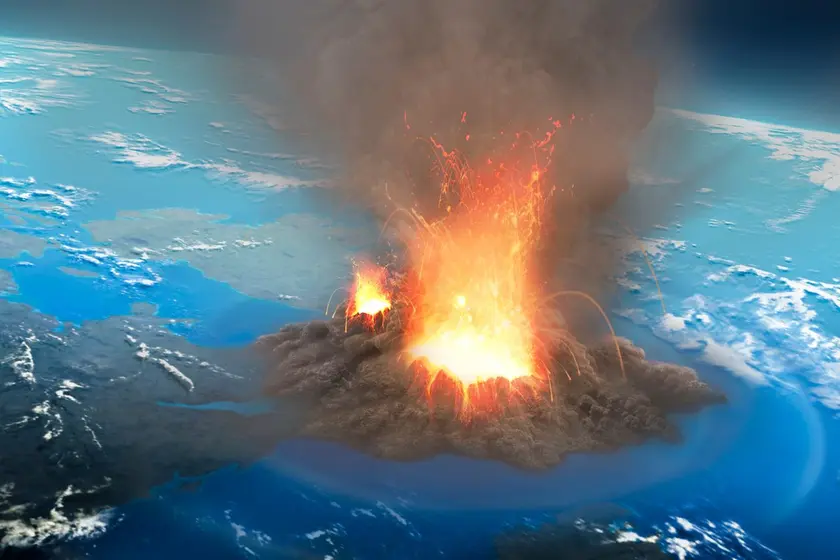
New findings reveal risks of Yellowstone supervolcano eruption
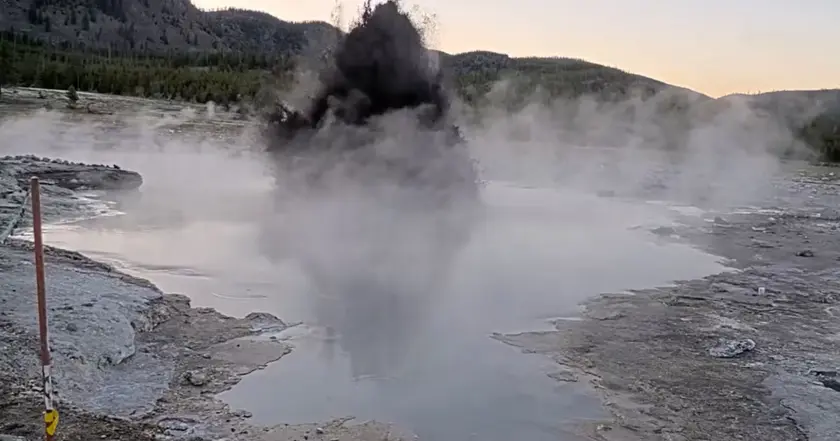
Yellowstone National Park limits access after Black Diamond eruption

Yellowstone supervolcano could have global effects if it erupts
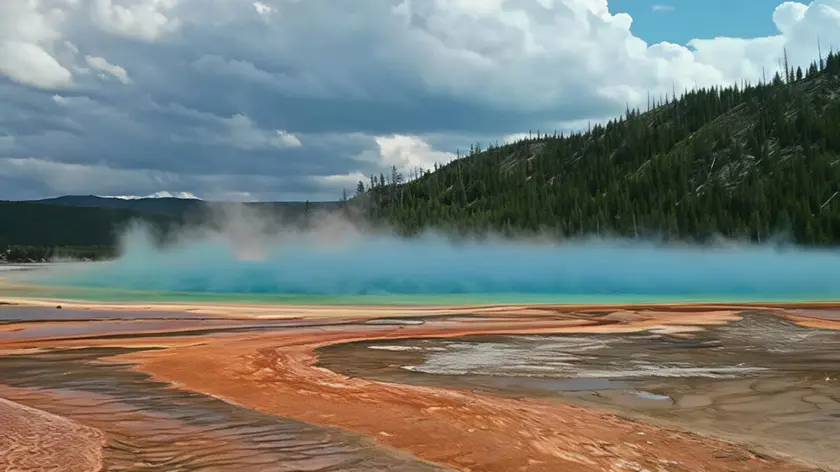
AI Revolutionizes Earthquake Detection in Yellowstone
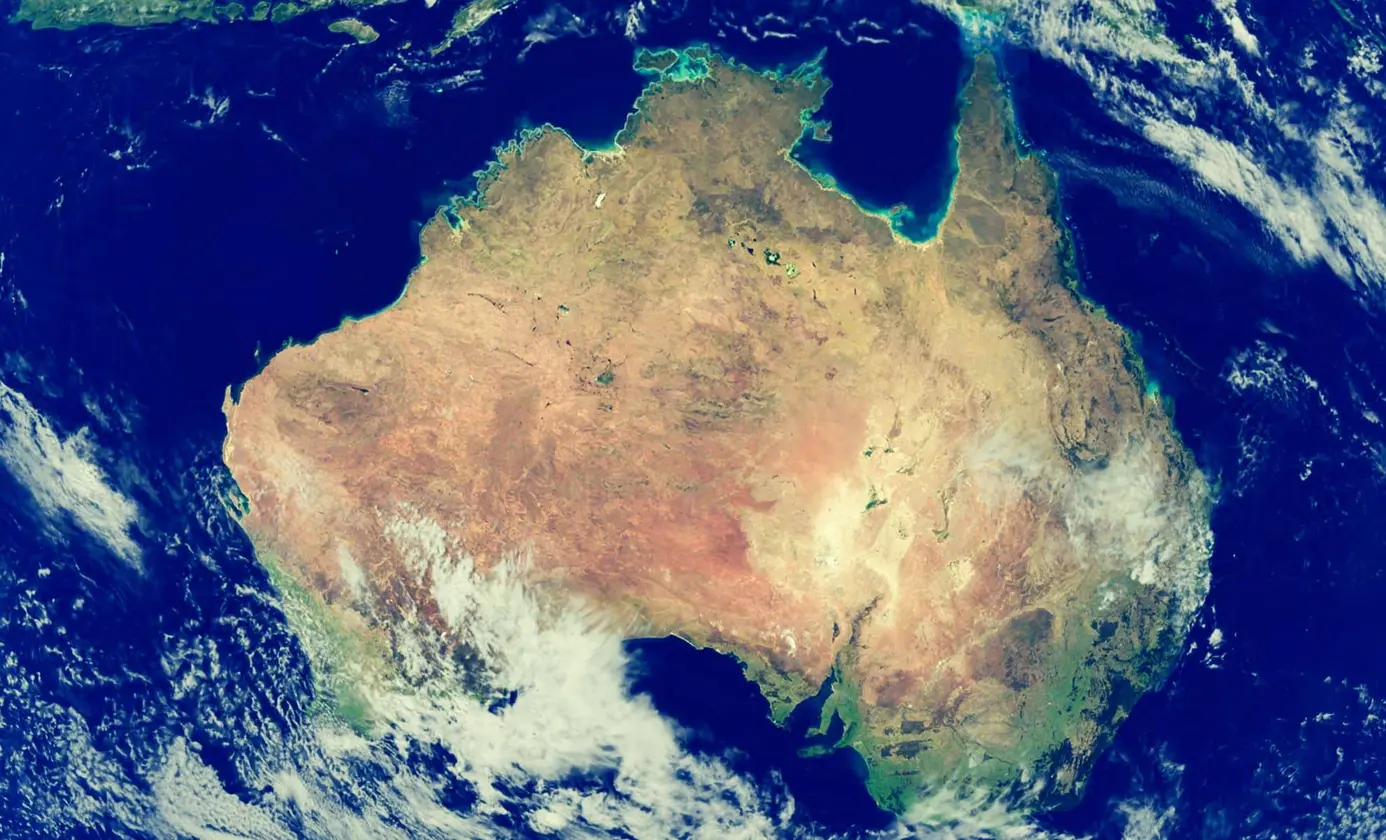
Continental drift could reshape continents
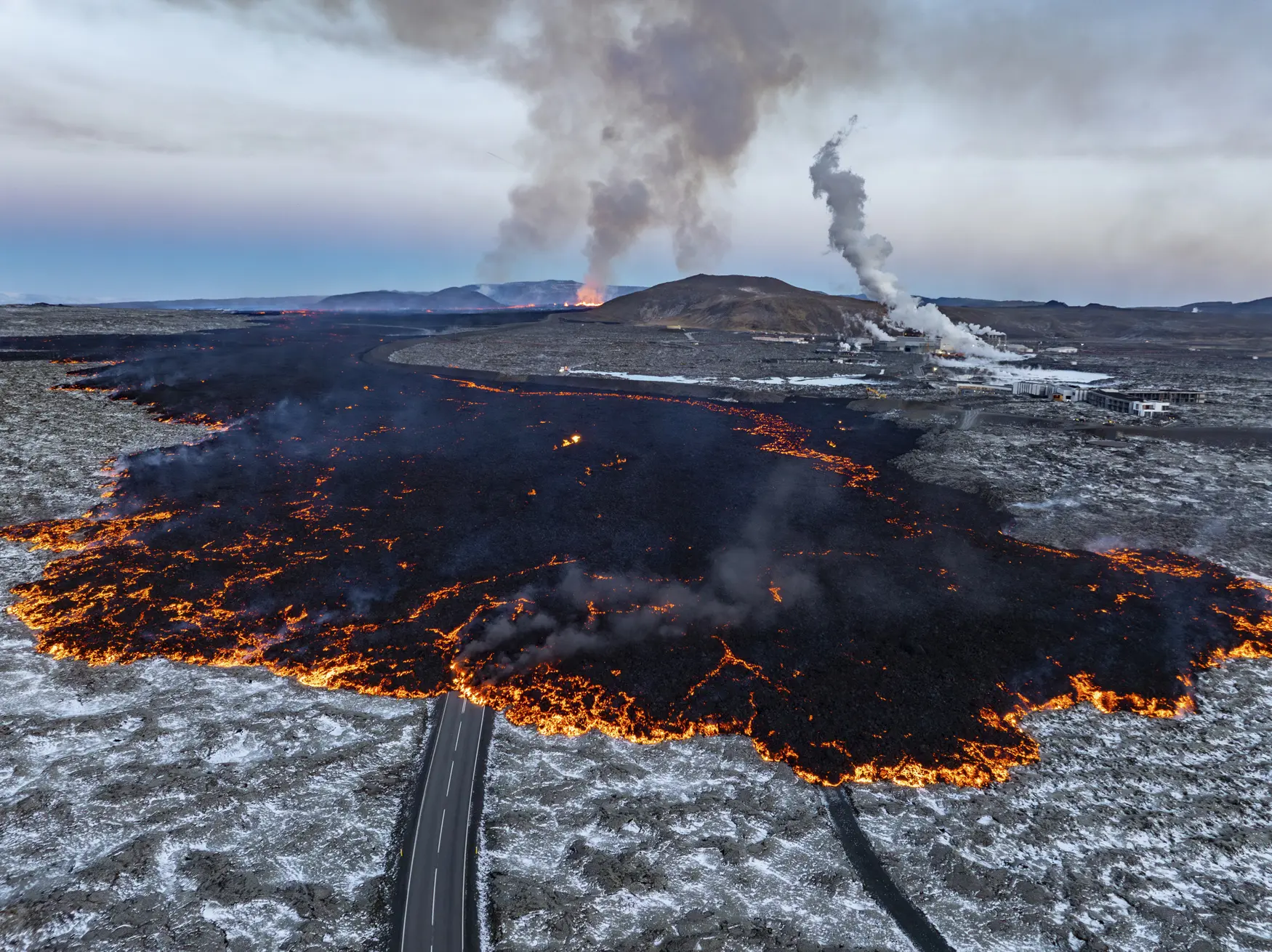
Iceland Volcano Erupts Causing Blue Lagoon Evacuations
